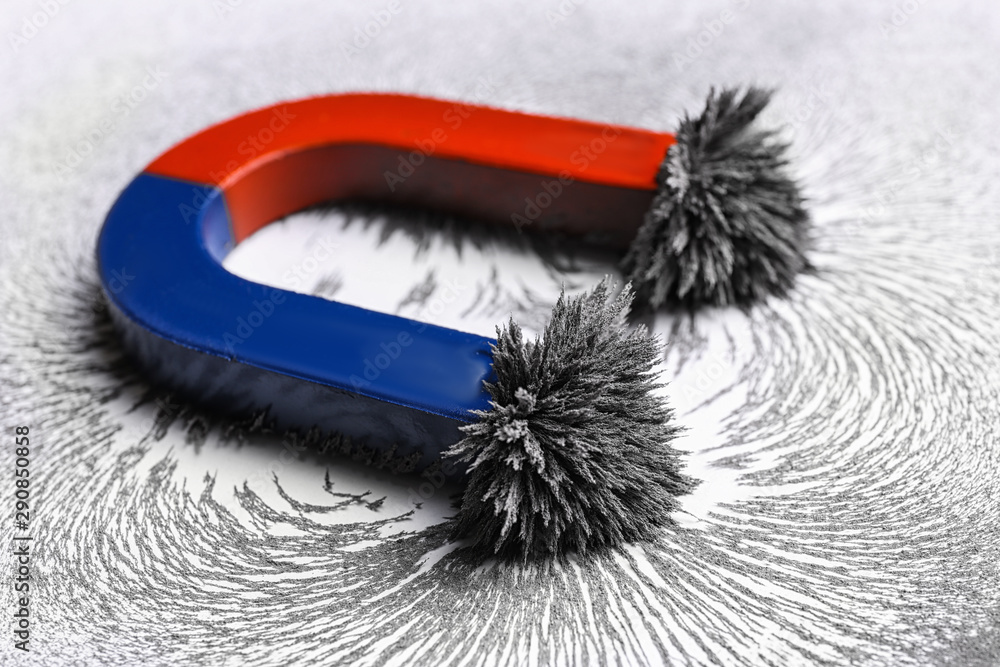Metal testing is important in the manufacturing industry. The testing process is essential as it establishes the quality of the material and certifies that it is suitable for use. One of the most effective metal testing methods is the magnetic particle inspection method. In this article, we explore mag particle testing and some of the applications of such inspection.
What is Magnetic Particle Inspection?
Magnetic particle inspection (MPI) is a non-destructive metal testing method that is very popular due to its effectiveness. Industries like automobile,aerospace, petrochemicals apply magnetic particle testing extensively. It is also used in testing structural steel and power generation projects to assess the feasibility of many of the products.
MPI is used to inspect products and equipment like engine components and suspension system components. They help assess the durability and reliability of braking system components, Castings and forgings as well. In order to test the strength of weldments, MPI is known to be an effective technique.
MPI is cost-effective and relatively easy to apply. It's also highly effective and sensitive. It is used to detect defects in ferromagnetic materials, such as: Iron, Nickel, Cobalt, Steel, Nickel-based alloys.
Types of Magnetic Particle Inspection
There are two types of MPI.These are the dry MPT and Wet MPT.
- Dry Magnetic particle testing is the process to test rough surfaces. Dry particles are sprinkled on the surface of metal to be tested. The condition here is that the component surface is magnetized when the test is conducted.
- Wet magnetic particle testing is an effective way to evaluate surfaces by suspending magnetic particles in water or oil.
The particles used in both the tests can be either fluorescent or non-fluorescent. You can use contrasting colors to differentiate from material being evaluated.
Why is Material Testing like Mag Particle Testing Important?
Material testing is a very important part of detecting toxic elements. Metal testing can detect toxic elements like lead, mercury, and other heavy metals. Properties of newly forged metal alloys can also be detected. However, metal testing is possible in a number of types, like destructive or non-destructive testing.
Primarily, material testing helps determine if a material or treatment is suitable for a specific application. This can help narrow down choices to the most appropriate selection for the intended use.
Top Areas of Application of MPI
Material testing such as MPI can be used to examine the composition of materials like steel, ceramics,metals and plastics. The results of the testing can be used to specify the suitability of materials for various applications like building or aircraft construction, manufacturing, packaging and soil testing.
Thus, the MPI Test is an important step in the manufacturing process. MPI can occur before the production process begins to evaluate the quality of the material or after production to test the durability and reliability of the product or component. They can be used successfully in outdoor use,welding, remote locations as well. Besides, this method of testing uses longitudinal and circular magnetization techniques.
Conclusion
Material testing, metal testing is an essential process of improving quality and durability of products and component lifeterm. The evaluation process is significant as it provides a lot of data for manufacturers and customers to understand the capabilities of the product. T magnetizing current used in MPI are mainly of three types and will depend on the testing performed. The main use of alternating current is used to detect surface discontinuities.
While, direct magnetization is used to create a magnetic field. The use of indirect magnetization is in knowing the outside source of magnetization. Some tools used in MPI are permanent magnets, electromagnetic yokes, flexible coils, threading bars and adjacent cables.





Comments